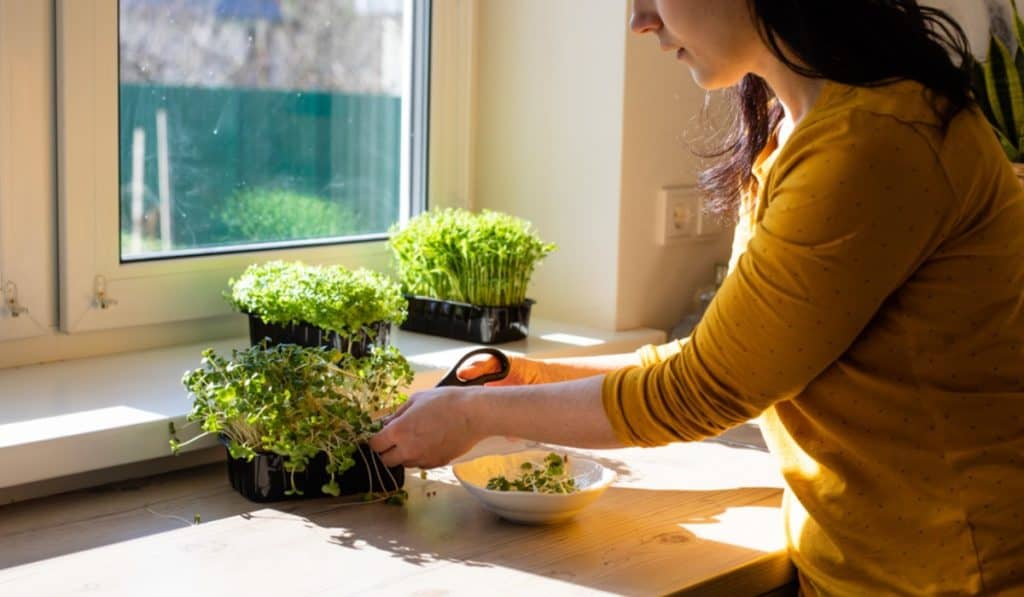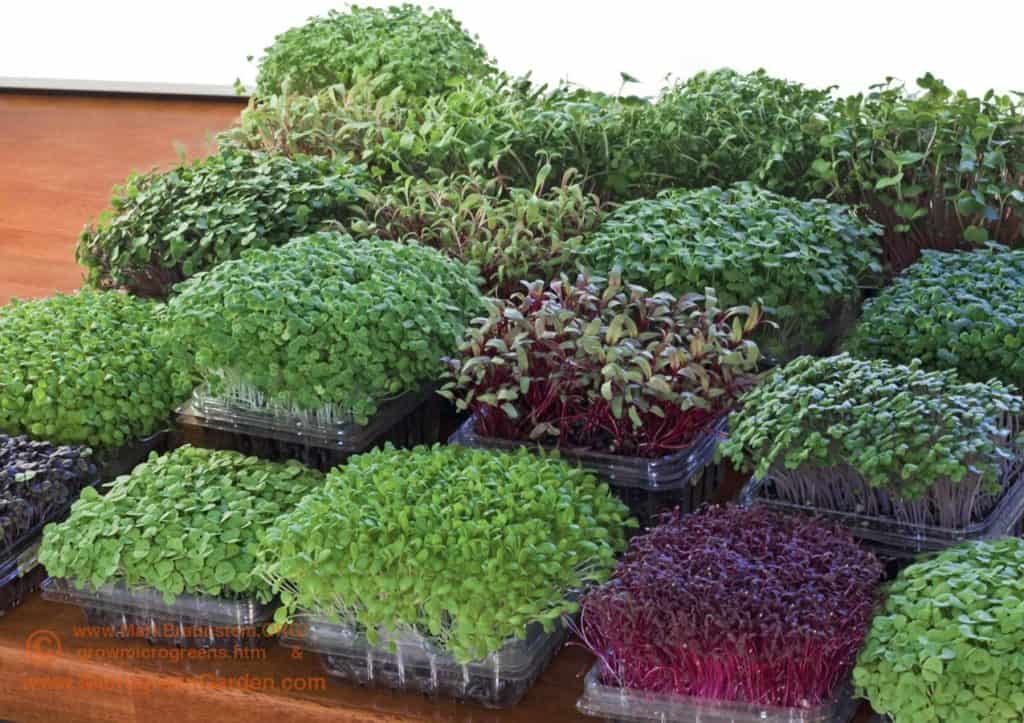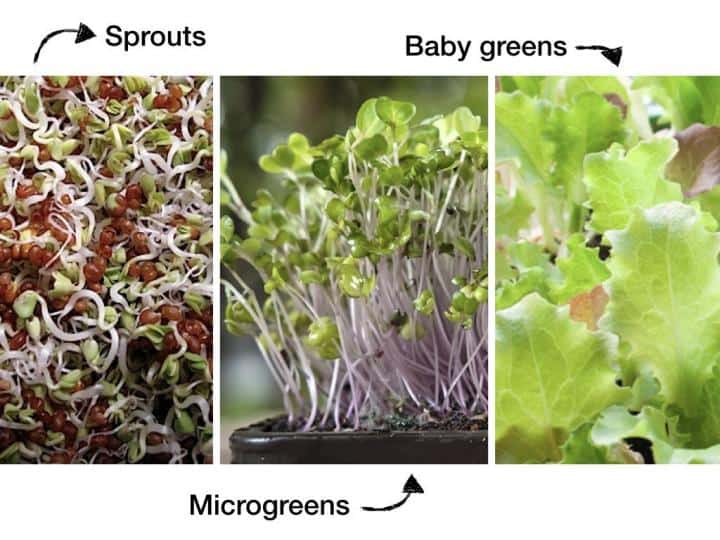Property Geek
We provide the actual and accurate information with unbiased user driven reviews to our viewers, to help them see the best and find the best!
View posts
Good things come in small packages as the saying goes, and micro gardening is no exception. In a burgeoning world of people with ever-decreasing space, micro gardening has become a rapidly growing niche among city dwellers. Microgreens can be grown if you have a sunny windowsill, a shallow container, some potting mix, and suitable seeds.
This article is your one-stop guide to answer all your questions on micro gardening.

Micro gardening is the practice of growing a variety of edible seedlings of veggies and herbs in containers and well-designed, small urban spaces. Micro gardens are designed to be highly productive, space and energy-efficient, sustainable, and grown in healthy living soil.
Downscaling a garden has many advantages.
In order to grow nutrient-dense food intensively in micro gardens, there are many things that are to be kept in mind- from soil to water management, microclimate to pollination, there’s a lot that goes behind a healthy micro garden:
Micro gardening, also called container gardening, is trending as urban farming is gaining momentum among millennials. Microgreens have a short harvesting period of a few weeks. So, growing these at home is not a time-consuming task. Moreover, it does not require much gardening equipment or experience. Hence, it serves as a relaxing hobby for city dwellers, while enjoying nurturing some greenery.
Salad greens, sprouts, herbs, and even edible flowers can be grown as microgreens. Among the easiest to grow varieties of microgreens are broccoli, cauliflower, cabbage, mustard, chia, sunflower, or buckwheat, and beginners mostly start by harvesting them in a single container. Other common varieties include basil, beets, celery, chervil, coriander or cilantro, kale, lettuce, parsley, peas, spinach, and sorrel.
Raise seeds in a tiny container of a seed-raising mix. Once the young seedlings have two true leaves, harvest your microgreens with scissors. From seed to feed in 7-21 days depending on the variety.
You can group herbs with similar water and sun needs together. You can form groups such as culinary herbs and medicinal herbs.
The loose-leaf lettuce varieties of different leaf textures and colors can make a quick pick salad fresh from your own micro garden.
Probably the easiest one here and guess what! You don’t even need a garden to grow them. You can grow them indoors in a jar. Rinse them twice or thrice a day and they’ll be ready when they ‘sprout’.
A stackable vertical micro garden is a space and water-saving solution. You can also maximize the number of plants you can grow in a tiny space.

Micro gardens are different from miniature gardens and sprouts. Let’s learn how.
Microgreens are young vegetable greens, aptly called baby leaf vegetables. They are harvested with scissors less than a month after germination when the plants are up to 2 inches tall. The stem, cotyledons (or seed leaves), and first set of true leaves are all edible.
Miniature gardens are tiny landscaped gardens in containers, like plates, pots, buckets, cups, or a terrarium. Other features, such as tiny bonsai plants, dwarf plants, small fairies, houses, and rocks can also be added to miniature gardens.
Unlike sprouts, microgreens are mostly grown in soil and at times through a hydroponic system.
Salad greens, sprouts, herbs, and even edible flowers can be grown as microgreens. Among the easiest to grow varieties of microgreens are broccoli, cauliflower, cabbage, mustard, chia, sunflower, or buckwheat, and beginners mostly start by harvesting them in a single container. Other common varieties include basil, beets, celery, chervil, coriander or cilantro, kale, lettuce, parsley, peas, spinach, and sorrel.
Downscaling a garden has many advantages.
Setting up a micro garden is the first step towards a kitchen garden. A beginner can start with mustard, green grams, or fennel and then move on to sunflower and flax seeds. You can easily grow fenugreek, radish, kale, arugula, beetroot, wheatgrass, basil, buckwheat, sunflower, and pea shoots. Start with just a couple of varieties and add more, as you go along,
Peas, beans, and kale are some microgreens that can regrow after being cut. You can also experiment with your favorite microgreens by using larger pots so as to provide better root structure to your microgreens.